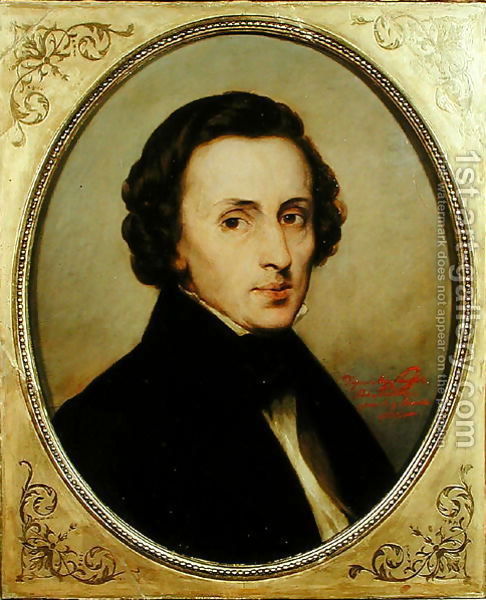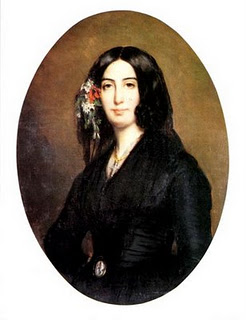Ever have the feeling you’ve said something that didn’t come out right?
“I love you” is probably one of the most difficult things to say in the English language. Feelings of love often run deeper than words can express and when the moment comes to say it, no matter what, you can’t always be certain your beloved feels the same. Their reaction can impact you in a number of emotional ways: the experience can be elating, devastating, or less climatic than you hoped. Even when confronting the uncertainty of love, the expression may still feel incomplete. Hans Christian Anderson reminds us that “when words fail, music speaks.”
Relationships are much more socially versatile in the present compared to the lives and times of classical composers. In particular, societal pressure and social constraints provided Chopin and Wager with difficulty when pursuing their love interests. It seems that some classical legends either opted for an affair or married more than once. Here is a modest sampling of the most steamy and romantic relationships of some adored classical composers.
Frédéric Chopin & George Sand
Frédéric Chopin experienced a prominent yet complicated attraction to Amantine Aurore Dupin, otherwise known as George Sand, a French novelist and woman who went both against the grain in literature and fashion. Initially, Chopin was put off by Sand’s masculine appearance; however the two became lovers after Chopin’s prospective engagement fell through. Sand was 6 years Chopin’s senior and the couple experienced societal resistance to their relationship within the first years of living together in Spain. They eventually settled into adjacent apartments in Square d’Orléans, Paris. Chopin’s health continued to deteriorate along with the relationship; the couple separated after 10 years as Sand grew tired of caring for Chopin.
Chopin’s Nocturnes, Op. 62 remains one of his most well known and romantic works:
Wolfgang Amadeus & Constanze Mozart
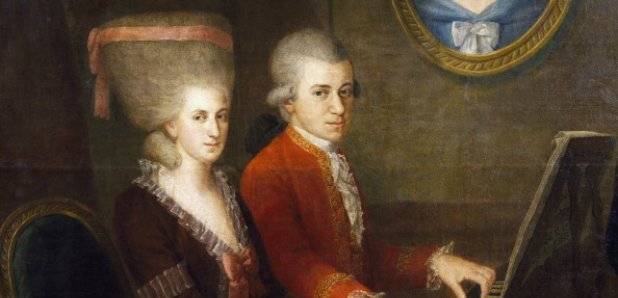
The film Amadeus portrayed Wolfgang Amadeus Mozart and Constanze’s marriage as a tumultuous journey for the pair. Mozart began courting Constanze while boarding at her family’s home. It became obvious to Constanze’s mother that Mozart was very fond of her daughter and swiftly dismissed him from the family nest. Although their courtship continued, it was disrupted when Mozart learned Constanze permitted another young man to measure her calves in a parlor game. Mozart also encountered difficulties in securing his father’s blessing for the couple to marry. Despite protests and threats from both their families, Mozart and Constanze wed on August 4, 1782. They had 6 children, but only 2 survived. Mozart accumulated large amounts of debt throughout the marriage, which he initially kept from Constanze; however, she assumed control of household expenses after discovering their ongoing financial crisis. They remained together until Mozart’s death in 1791 at the age of 35.
One of Mozart’s many romantic pieces includes Piano Concerto No. 21:
Richard & Cosima Wagner
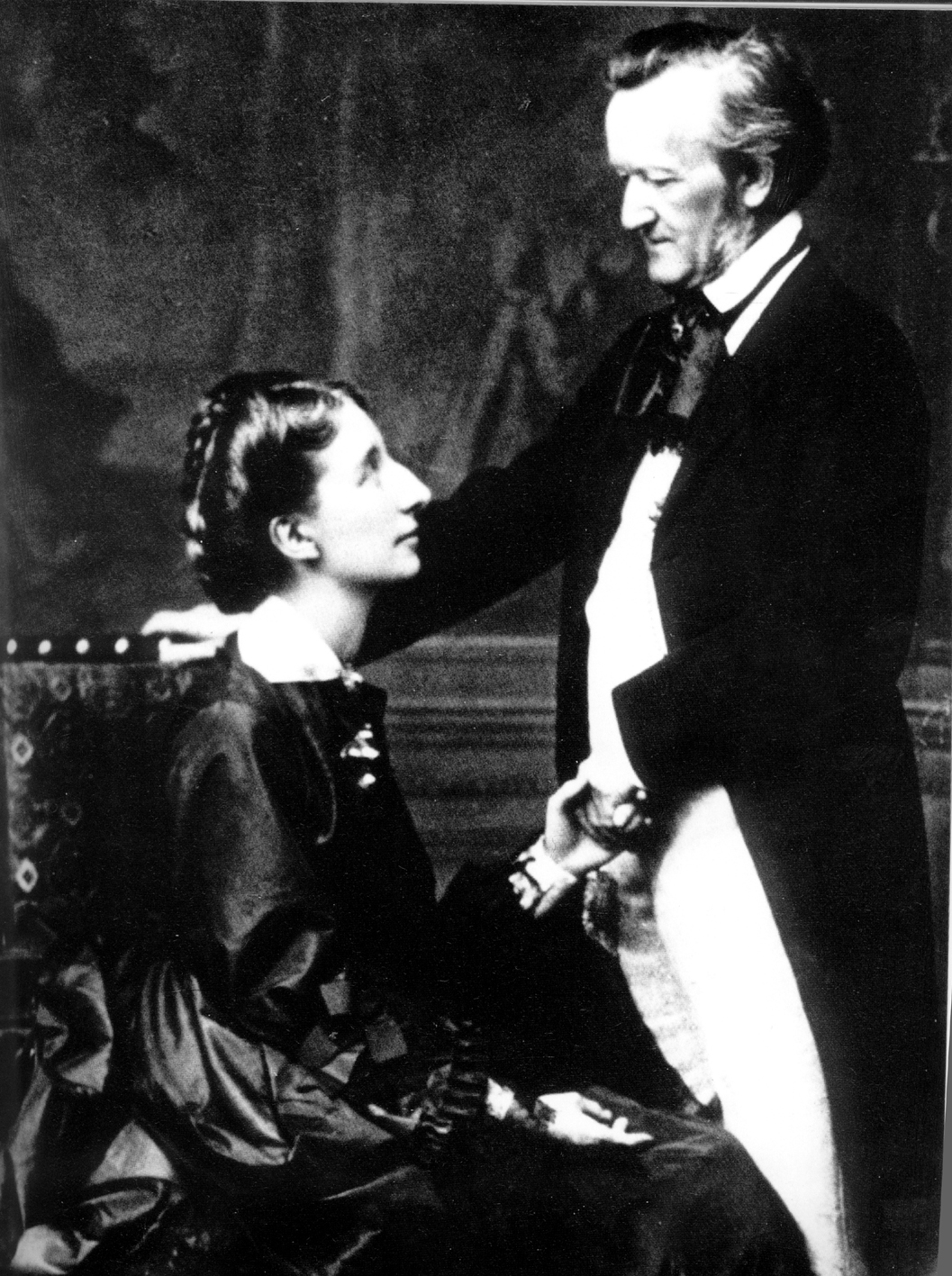
Perhaps one of the most notable affairs among classical composers was between Richard and Cosima Wagner. Daughter of Hungarian pianist and composer Franz Liszt, Cosima caught Richard’s eye during a performance in Leipzig while sharing conducting duties with her husband, Hans von Bülow. Following the performance, Richard wrote: “I felt utterly transported by the sight of Cosima…she appeared to me as if stepping from another world.” While Von Bülow was rehearsing, Richard and Cosima shared a long cab ride around Berlin where they professed their love for one another. Despite Von Bülow’s adoration for Wagner and knowledge of the affair, Cosima and Richard had three children while Cosima remained married. Von Bülow reluctantly granted a divorce to Cosima, which allowed her to marry Richard on August 25, 1870.
Wagner composed Siegfried Idyll for Cosima as a birthday present celebrating the birth of their second son Siegfried:
Ethel Smyth & Emmeline Pankhurst
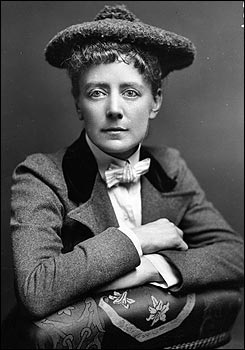
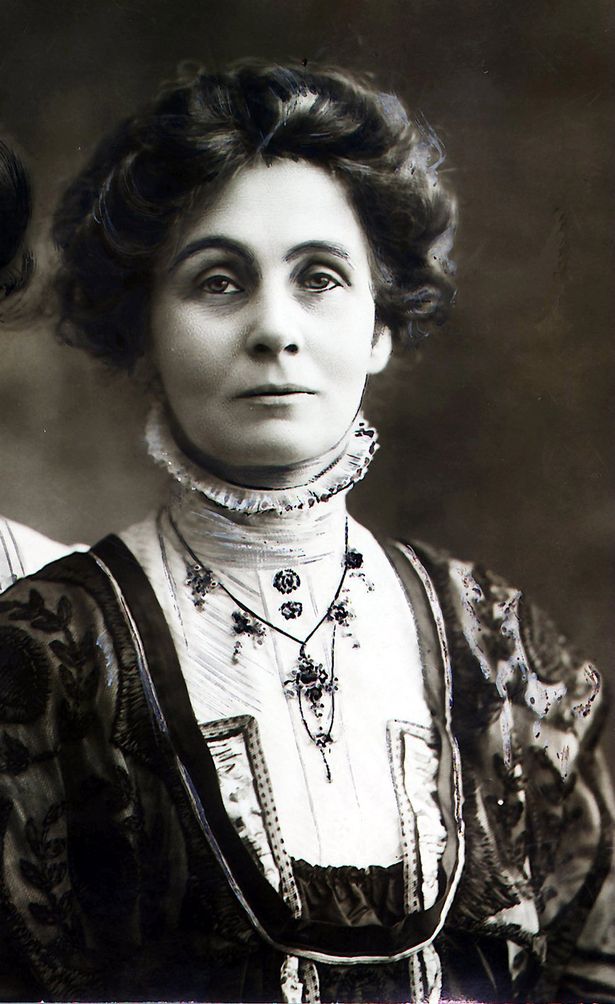
Esteemed British composer Ethel Smyth was the only notable female composer of her time and an active feminist who followed the leadership of suffragist Emmeline Pankhurst. Ethel fell in love with Emmeline while fighting for the women’s vote. The pair protested by throwing rocks at the windows of politicians on 10 Downing Street and were subsequently arrested together. They were placed in adjoining cells where the prison matron allowed Ethel and Emmeline to take “tea” together.
Ethel’s most regarded work remains The March of the Women which was adopted by suffragists throughout London and Holloway Prison where Ethel conducted fellow inmates with a toothbrush:
